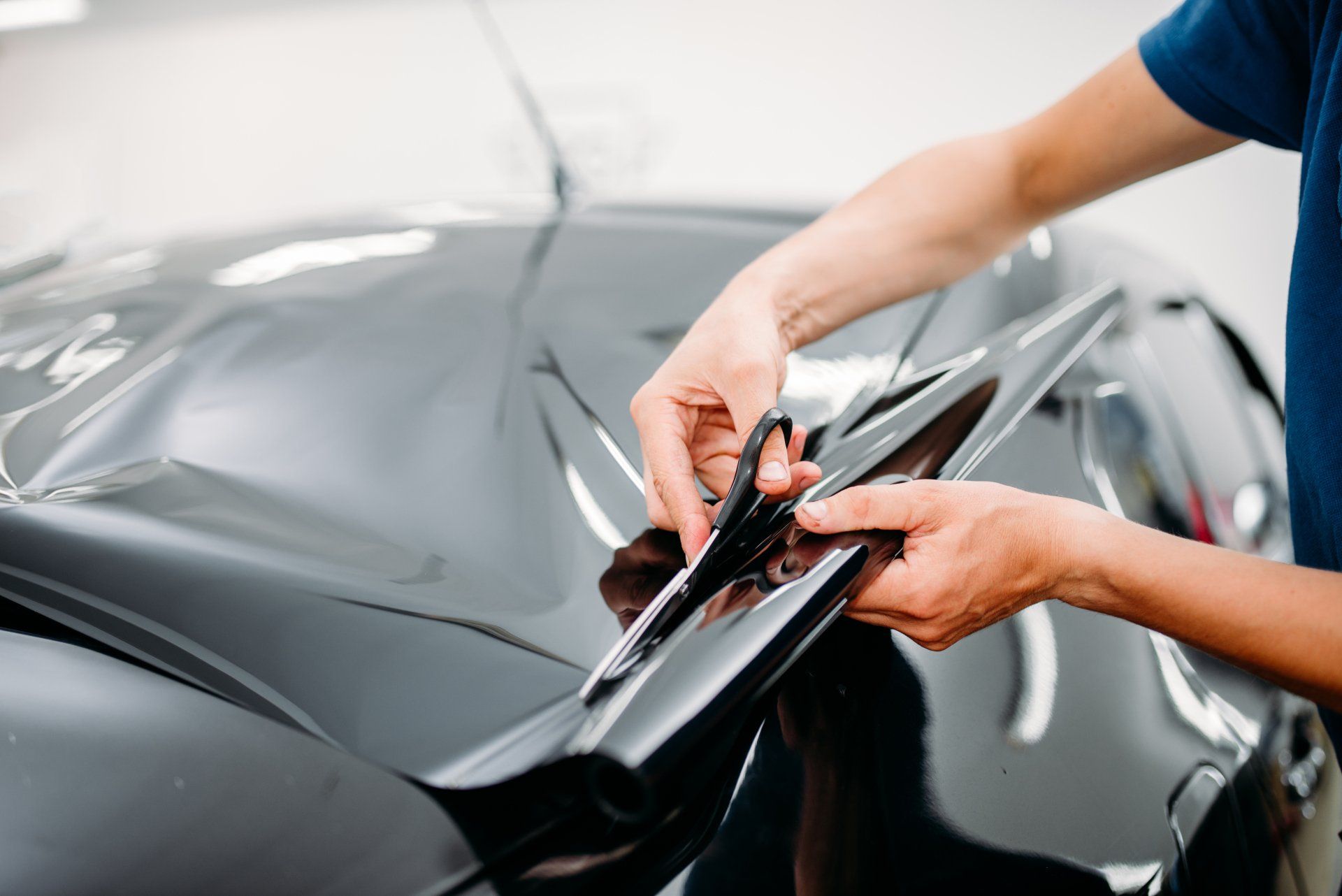Car window tinting not only enhances the aesthetic appeal of your vehicle but also provides protection from harmful UV rays and helps keep the interior cool. With a variety of options available in the market, choosing the best car window tint can be a daunting task. To help you make an informed decision, we have compiled a guide with tips from manufacturers on how to choose the best car window tint for your vehicle.
1. Understand the Different Types of Window Tint
Types of Window Tint:
- Carbon Window Tint: Known for its heat-rejection properties and durability.
- Ceramic Window Tint: Offers superior heat rejection and clarity without interfering with electronic signals.
- Metalized Window Tint: Provides good heat rejection and added strength to the windows.
- Dyed Window Tint: A budget-friendly option that can fade over time.
2. Consider Legal Requirements
Before choosing a car window tint, it is essential to check the legal requirements in your area. Different states have regulations regarding the darkness of window tints, so make sure you comply with the law to avoid potential fines or penalties.
3. Evaluate Heat Rejection Properties
One of the key reasons for installing window tint is to reduce heat inside the vehicle. When selecting a car window tint, consider the heat rejection properties of the film. Look for tints that offer high heat rejection to effectively keep your car cool, especially during hot weather.
4. Assess UV Protection
UV rays from the sun can be harmful to your skin and can cause damage to the interior of your vehicle. Choose a window tint that provides maximum UV protection to shield you and your car's interior from the sun's harmful rays.
5. Opt for High-Quality Materials
Invest in a high-quality window tint that is durable and long-lasting. Cheaper options may save you money initially, but they can fade, bubble, or peel over time. Look for reputable manufacturers that offer warranties on their products to ensure you are getting a quality window tint for your car.
6. Consider the Shade of the Tint
Types of Tint Shades:
- Limo Tint: Offers the darkest shade, providing maximum privacy and heat rejection.
- Dark Tint: Provides privacy and heat reduction while allowing some visibility from the inside.
- Light Tint: Offers a subtle tint that enhances the look of the vehicle without compromising visibility.
7. Check for Signal Interference
Some metallic window tints can interfere with electronic signals such as GPS, cell phone reception, and keyless entry systems. If you rely heavily on these electronic devices, consider opting for a non-metallic window tint like ceramic, which does not disrupt electronic signals.
8. Consult with Professionals
If you are unsure about which car window tint to choose, it is advisable to consult with professionals who specialize in window tinting. They can assess your needs, recommend the best type of tint for your vehicle, and ensure proper installation for optimal results.
9. Maintenance and Care
After installing window tint on your car, it is essential to maintain and care for it properly to prolong its lifespan. Follow the manufacturer's recommendations for cleaning and avoid using abrasive materials that could damage the tint. Regular maintenance will help keep your window tint looking as good as new.
10. Consider Additional Features
Some window tints come with additional features such as scratch resistance, glare reduction, and privacy. Consider these extra features based on your preferences and needs to enhance the overall functionality of the window tint.
Final Thoughts
Choosing the best car window tint involves considering various factors such as the type of tint, heat rejection properties, UV protection, and tint shade. By following the tips from manufacturers outlined in this guide, you can make an informed decision and select the most suitable window tint for your vehicle. Remember to prioritize quality and compliance with legal requirements to enjoy all the benefits that a high-quality window tint has to offer.


